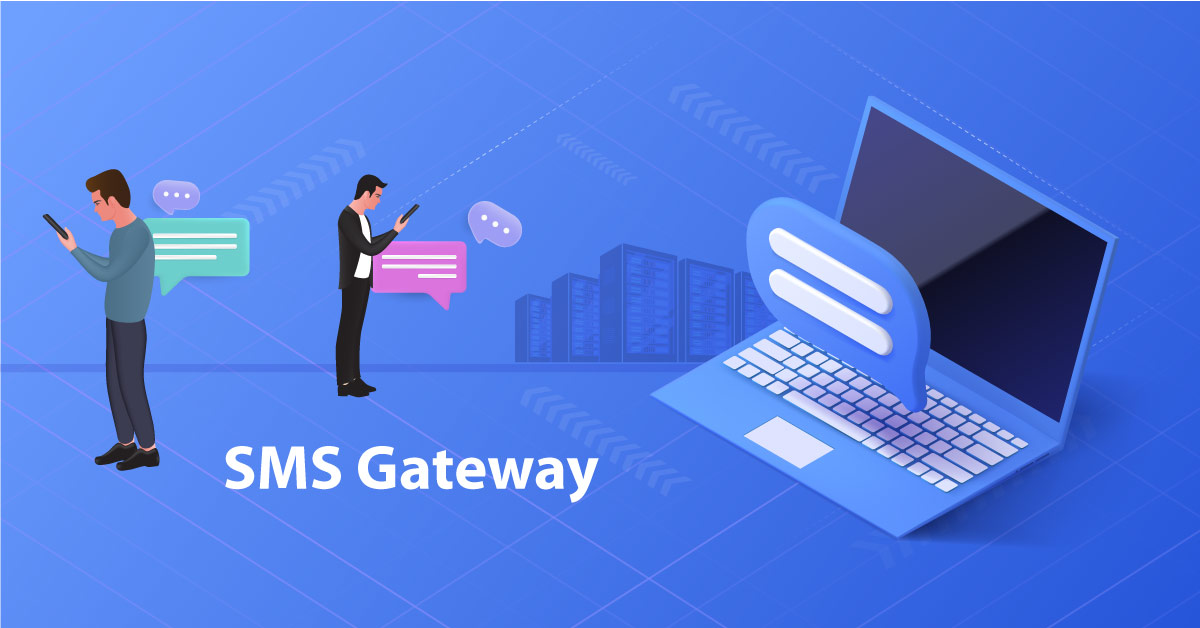Short Message Service, or SMS, sms gateway has become one of the most ubiquitous forms of communication in the modern world. What started as a simple method for sending short text messages between mobile phones has evolved into a cultural phenomenon that has transformed the way we interact, communicate, and even do business.
A Brief History
SMS was first conceptualized in the 1980s as part of the Global System for Mobile Communications (GSM) standard. The first text message, “Merry Christmas,” was sent in 1992 by Neil Papworth, a software engineer, to Richard Jarvis, his colleague at Vodafone. From this humble beginning, SMS quickly gained popularity, allowing people to send short messages to one another using their mobile phones.
The Rise of Texting Culture
In the early days of SMS, messages were limited to a maximum of 160 characters. This constraint, imposed by the technical limitations of early mobile networks, led to the rise of a unique texting culture characterized by abbreviations, acronyms, and emoticons. Texters developed their own shorthand language, such as “LOL” for “laugh out loud” and “BRB” for “be right back,” to convey meaning concisely within the character limit.
SMS in Everyday Life
SMS quickly became the preferred method of communication for people around the world. It offered a convenient and discreet way to stay in touch with friends, family, and colleagues, regardless of time or location. Whether coordinating plans, sharing news, or simply keeping in touch, SMS provided a quick and efficient means of communication that fit seamlessly into people’s busy lives.
Beyond Personal Communication
As SMS usage grew, its applications expanded beyond personal communication. Businesses began to recognize the potential of SMS as a marketing and customer service tool. SMS marketing campaigns allowed companies to reach their target audience directly on their mobile devices, offering promotions, reminders, and other valuable content. Additionally, SMS emerged as a convenient way for businesses to communicate with customers for appointment reminders, delivery notifications, and customer support inquiries.
Challenges and Innovations
Despite its widespread adoption, SMS has faced challenges in recent years, particularly with the rise of alternative messaging platforms such as WhatsApp, Facebook Messenger, and iMessage. These platforms offer additional features such as multimedia messaging, group chats, and end-to-end encryption, which have attracted users seeking more functionality and privacy.
In response to these challenges, SMS has continued to evolve. Multimedia Messaging Service (MMS) was introduced to enable the sending of multimedia content such as photos, videos, and audio clips via text message. Additionally, advancements in mobile technology have improved the speed and reliability of SMS delivery, ensuring that messages are delivered promptly and accurately.
The Future of SMS
While alternative messaging platforms may continue to gain popularity, SMS remains a vital and enduring form of communication. Its widespread adoption, cross-platform compatibility, and simplicity make it accessible to users of all ages and demographics. Moreover, SMS has found new relevance in industries such as healthcare, finance, and emergency services, where reliability and reach are paramount.
Looking ahead, SMS is likely to continue evolving to meet the changing needs of users and businesses. From the integration of advanced features to the adoption of new technologies such as Rich Communication Services (RCS), SMS will remain a fundamental pillar of modern communication, connecting people around the world in ways that were once unimaginable.

